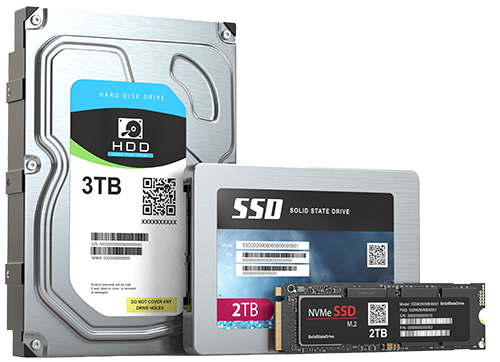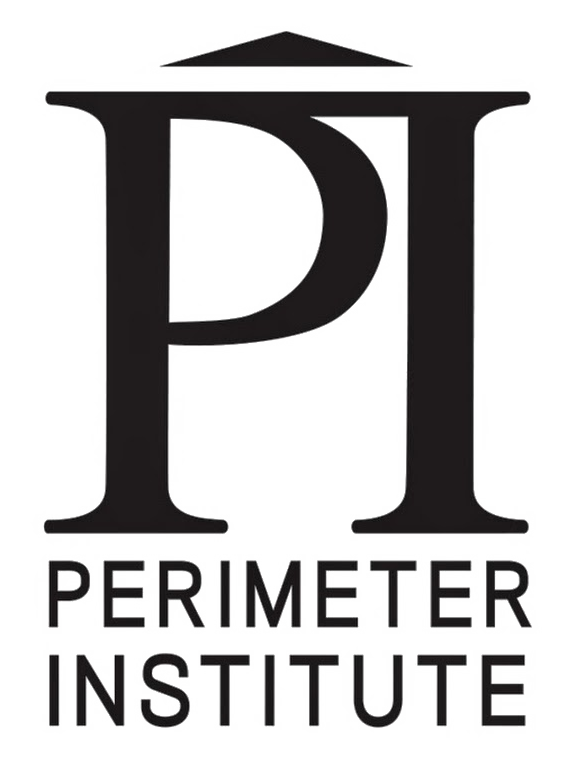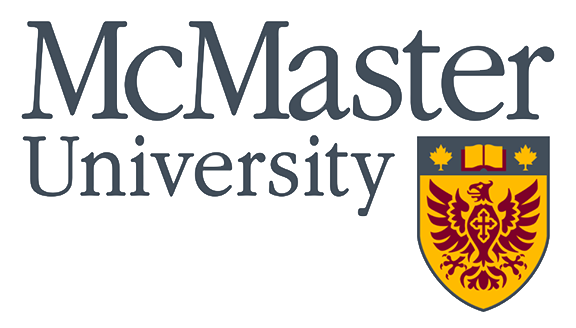
We offer a full suite of solutions to convert and transfer your Hard Drives into a digital file.
Hard Disk Drives are a computational medium for data handling, and have evolved incrimentally with technological advancements, resulting in a number of availble formats.
The first Hard Drive was developed by IBM in the late 50s integrated as part of the IBM 305 RAMAC system. The enormous 350 data storage unit had a maximum storage capacity of only 3.75MB, and though, at the time this stood at the cutting edge of technological advancement, it's between 0-1% of our contemporary Hard Drives.
Today, the most prevelant formats of Hard Disk Drives are SATA (Serial Advanced Technology Attachment) or an SSD (Solid State Drive) format drives. While, in application, their purpose and user interface is similar, the technical properties are vastly different. As SSD is a relatively new innovation into consumer Hard Drives en masse, it has yet to replace the industry standard SATA drive, though these drives are often used in concert, for different purposes.
The older technology of SATA drives are mechanically operated, with data written to physical, spinning, platters inside of a metal housing. Due to the very nature of the technology, these drives are susceptible to additional levels of vulnerability in both wear & tear, and irrepairable damage that can come from dropping or bumpingthe device, issues that SSD, a flash medium, has mitigated.
SSD drives are a non-volatile form of storage format both erases and rewrites memory electronically, in data blocks. As they're built of static components on a circuit board, the mechanical risks assocaited with the SATA format is elimiated. While SSD are still suceptible to drive failure, like SATA, it's at a significantly reduced rate. On a report by Forbes, with a Backblaze study on drive durability, SSDs have an annualized average failure rate of approximately 0.58% (1 in 200 drives), where mechanical drives saw an average failure rate of approximately 10.56% (1 in 10 drives). Given that data, SSDs have become the optimal choice for critical data storage over SATA, but as mentioned earlier - both SSD and SATA are often used in concert with SATA housing less critical data, while Operating Systems and software requiring fast access benefits from the speed and reliability of the SSD.










